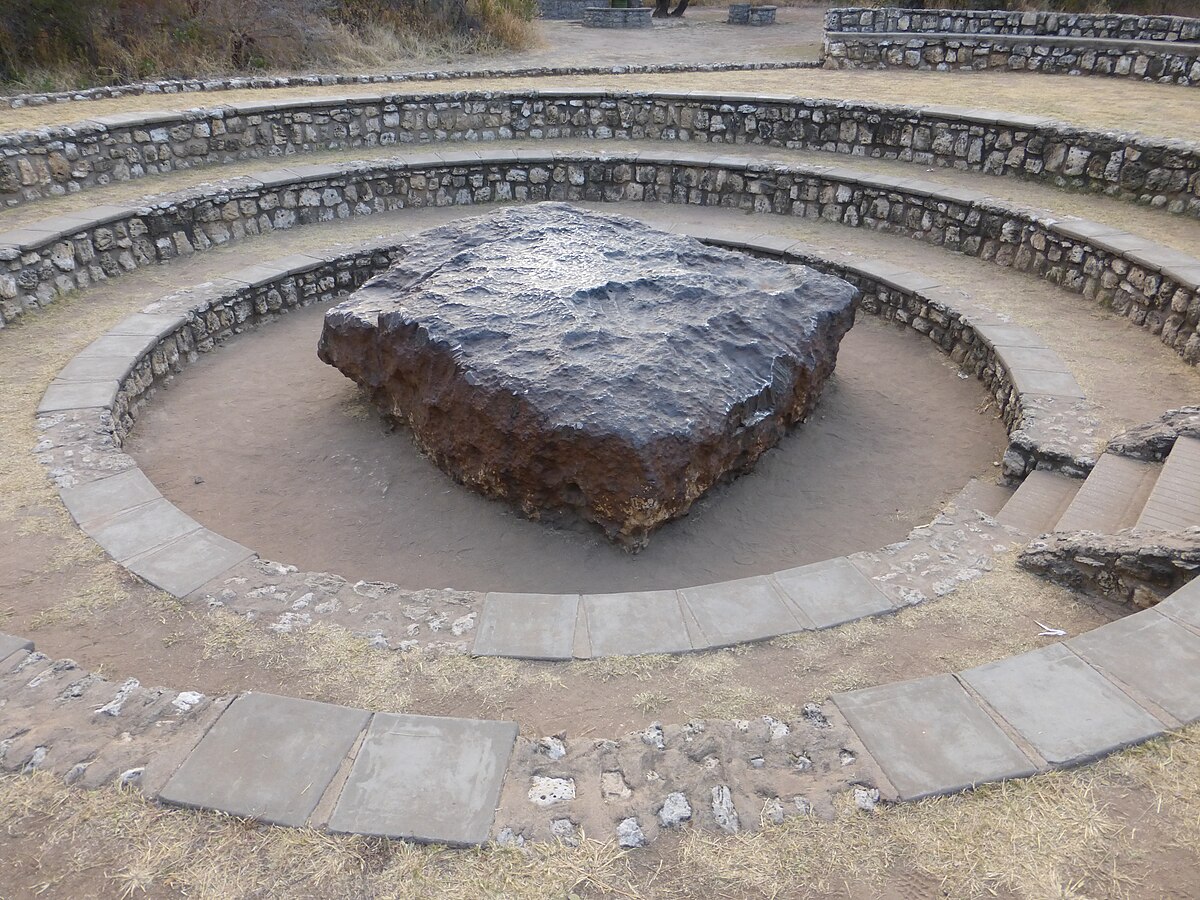During the romance book reading project - which stirred up a lot of ancestral memory recently -, we sometimes encounter endearments said in foreign languages. Anna Campbell gave Spanish to use for Jonas Merrick, his badly wounded male protagonist. Now I'm reading Lisa Kleypas's 'Marrying Winterborne', where the male protagonist uses Welsh.
Welsh belongs to the Celtic language family, which group of people were said to have been originating from Kantek. To my surprise I have no recollection - past life memories from Kantek regards 'social-life images', same as I have from Earth lives: I got no image flashes of people in emotionally-imprinted situations from Kantek, what we did in what situations in the past then..
Only somatically, I [possibly] remember only the environment - bioluminescent seas & mist, glowing clouds. The significant and very pleasant ambient light from snow during the night and noctilucent clouds in winter: light from all this at night makes me so happy and feel a "balm for the eyes". I never turn on the outer light, when I go out / close doors at night and prefer to do most stuff in the darkness at night, if it doesn't require visual precision. So I mostly remember nature from Kantek and even that through not image-based, but somatic and PTSD-memory.
Maybe this is because those lives were lived in sequence before my Earth incarnations. Even the details from the Earth-ones are in a fog of uncertainty.
Anyway, just as with the Assyrian Prayer of The Lord in another topic, I instantly grabbed onto the Welsh words, stirring up very distant past: possible ancestral memory. I don't think I spent Celtic past-lives on Earth. All my [remembered] Earth incarnations were 'Eastern-world lives'. In Syria, Japan, Spain / South France, Germany, nothing from Northern Europe. (One wayward "Atlantean"-one from possible North America.)
Anyway, I immediately went to the internet and found a Welsh-English dictionary, because I wanted to know the meaning of the Welsh words said by the hero of the book 'Marrying Winterborne'. Then I found
this website, that has spoken language examples. So I listened to them all to check if they feel familiar - what they drudge up.
Dissimilarly to listening to ancient Assyrian last year, these did not evoke the usual Earth-incarnations in shape of visuals [flash-images] welded with strongly imprinted emotional situations. They did however evoke PTSD. Which I know is a positive check mark for past lives with lots of sufferings.
For the above singular reason, I think the following language dialects - or very similar to them - were / might have been spoken on Kantek:
Irish Language -
Gaeilge (definite yes for emotional-memory: evoked 'hatred & dislike')
Scottish Gaelic (remote group of people: not so sure, but possible. I think these people didn't live "on my continent" on Kantek, so we only heard about them unrelated to our conflict, so no strong emotional charge upon hearing this)
Manx Gaelic (confirmed yes)
Welsh language (confirmed yes)
Breton: no. - Spoken in Brittany in North Western France - On hearing his first word my reactions: "That's definitely not Kantekkian"
Cornish language: no. Revived language, (Wiki:) "descended directly from the
Common Brittonic language spoken throughout much of
Great Britain before the English language came to dominate."
Upon listening to it, I got the feeling it possibly was not used on Kantek.
Enjoy the videos and music you love, upload original content, and share it all with friends, family, and the world on YouTube.

www.youtube.com
All the above 'confirmed yes' languages evoked whiffs of PTSD trauma, that's how I know they are real / or might be possibly. I think there was a lot of hostility, both social and political on Kantek and our lives were fully mired in that poison of hatred even then. Which imprinted thoroughly and can be felt even on those remote past life memories. So most memories regarding people on Kantek might be of that nature = hatred.
- - - - -
There is another ancient thread & source of past lives PTSD-trauma I'm sure of, because I can activate the trauma-flow at will by activating that specific thing that is /was made a part of me. It might be even "older" than Kantek, but I'm not sure of the order / sequence. PTSD means yes for a past life in my case and this separate, non-Kantekkian thread evokes a strong PTSD flow. But because what I would describe in this last paragraph is even more far-fetched, than this thread, I refrain for now.
Originally I planned some report about this last one: but only if I manage progress in Project C. On numerous occasions the C's already pointed out this specific topic, the way things are in 4thD. When I progress in Project C, I'll compile a short summary of it. Especially as this one is probably going to be more and more pertinent as years pass, as our remaining short time on this planet ticks away and major end-times events suddenly get into motion.

